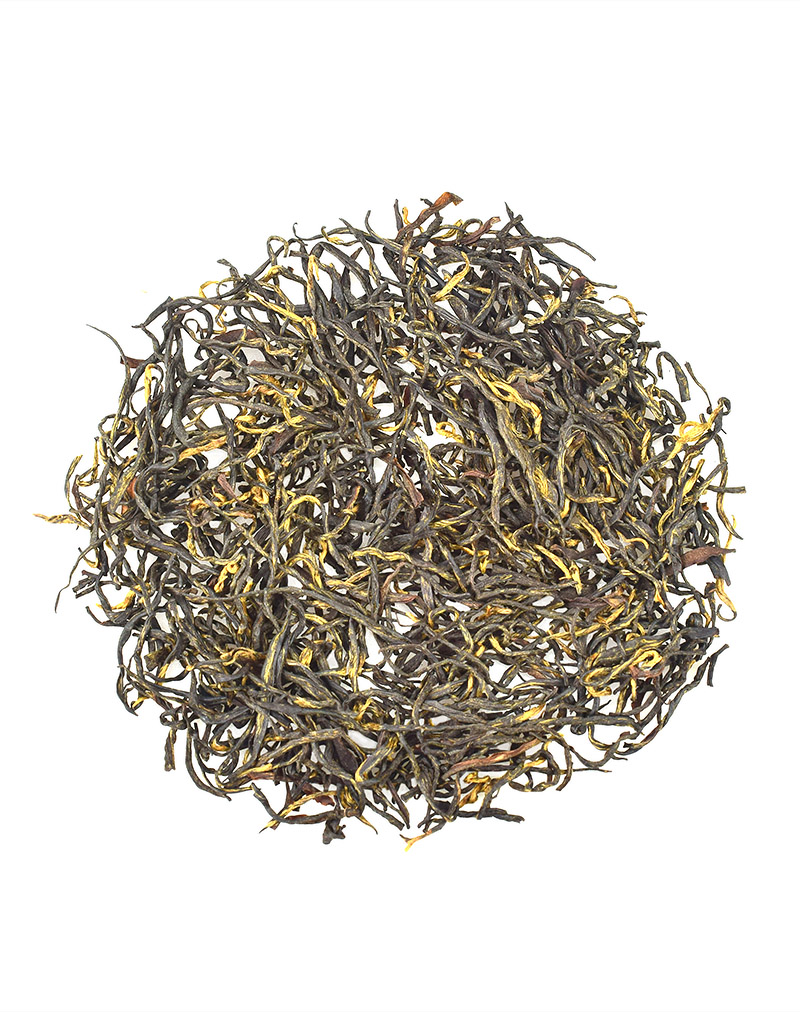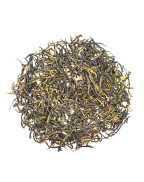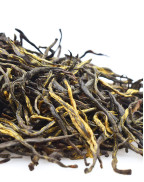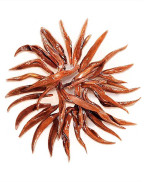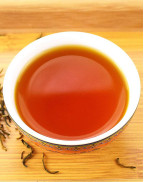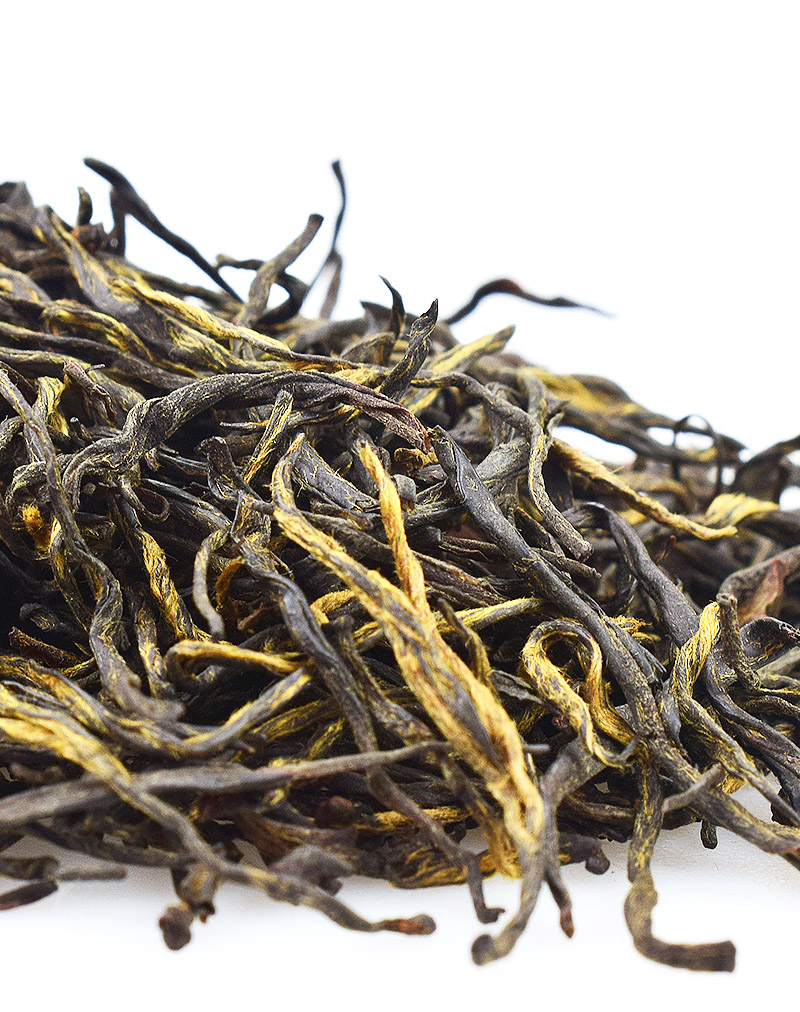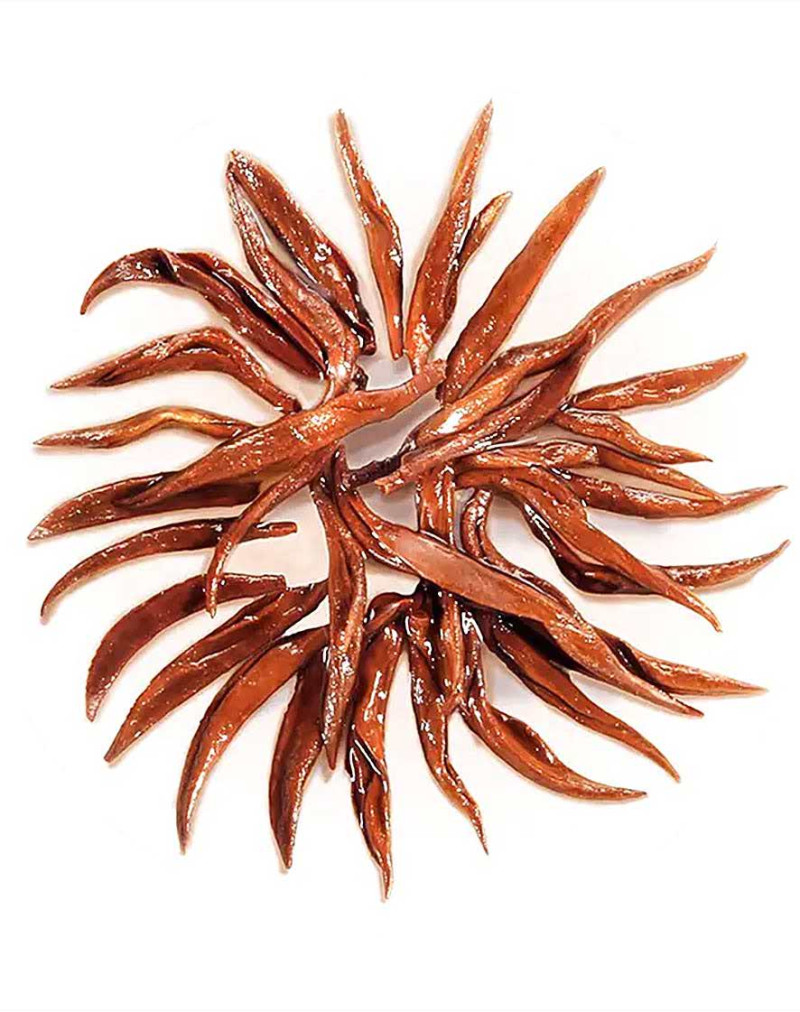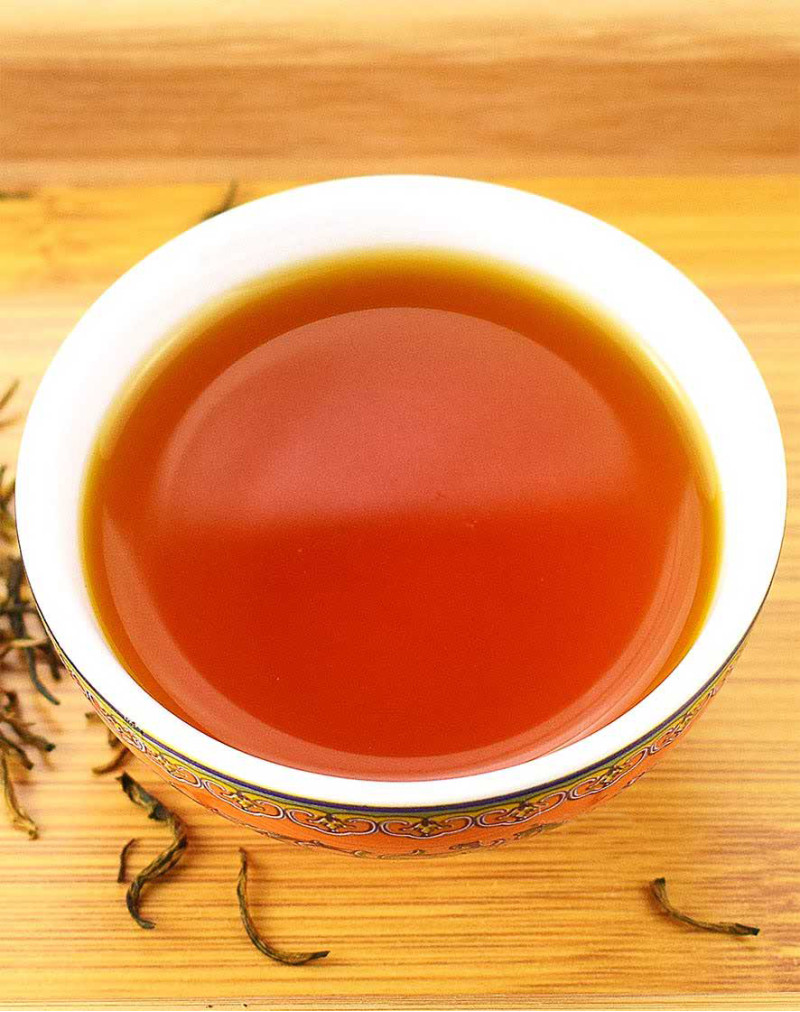High Mountain Keemun Golden Needles Black Tea (Qi Hong Jin Zhen)
- Product Code: simple
- Availability: In Stock
Basic Info
Name: High Mountain Keemun Golden Needles Black Tea (Qi Hong Jin Zhen)
Origin: Tarfang Town, Qimen County, Huangshan City, Anhui Province
Taste & Aroma: Lingering sweet, smooth, fruity with a hint of floral note, Keemun fragrance
Tea Garden: Xinfu Tea garden
Tea bush: Zhu Ye Zhong (槠叶种)
Liquor: Bright reddish brown
Dry Leaf: Tightly twisted, evenly sized, black and golden
Harvest Period: Spring 2023
Harvest Date: 24th March, 2024
Tree Species: Keemun Zhuye Tea Plant
Season: Spring tea
Item Form: Loose leaves
Altitude: 1500m above sea
Ingredients: 100% hand-picked natural tea buds and leaves
Fermentation: Complete
Storage: stored in cool, airtight, opaque containers
Shelf Life: 18months at room temperature / 24 months with low temperature storage
Flavor: unflavored
Caffeine: middle
High Mountain Keemun Golden Needles Black Tea (Qi Hong Jin Zhen)
Keemun Golden Needles Black Tea (Qi Hong Jin Zhen) is an improved version of Keemun Hong Mao Feng Black Tea,
which is made by undergoing a complete deep fermentation process. Its status in Keemun tea (Qi Men Hong Cha
in Chinese) short for Qihong is somewhat similar to that of Jin Jun Mei (Beautiful Golden Eyebrow in
Mandarin) black tea in famous Lapsang Souchong Black Tea.It's plucked in the spring and consists of one leaf
and one downy covered bud.It is so excellent that it has won many awards at home and abroad for its unique
taste and aroma. A refined tea that offers a true taste of premium black teas.
Keemun tea
Keemun tea (Qi Men Hong Cha in Chinese) short for Qihong, is a famous tea in Chinese history. The name of the tea is an older (colonial) western spelling name, and its place of origin is Qimen County (pronounced "Chee-men"). It was created by tea farmers in Anhui Province during the reign of Guangxu (1871 - 1908). Keemun Black Tea is one of the best and most popular black teas in China. Keemun Tea is produced in the Qimen County, southern Anhui Province, and is a famous tea producing area in China. Other producing areas of Keemun tea include Dongzhi, Guichi (today's Chizhou City), Shitai, Yi County in Anhui Province, and Fuliang in Jiangxi Province. Compared to other black teas, Keemun Black Tea has a short history. It was created in 1875, and has a history of more than 100 years.
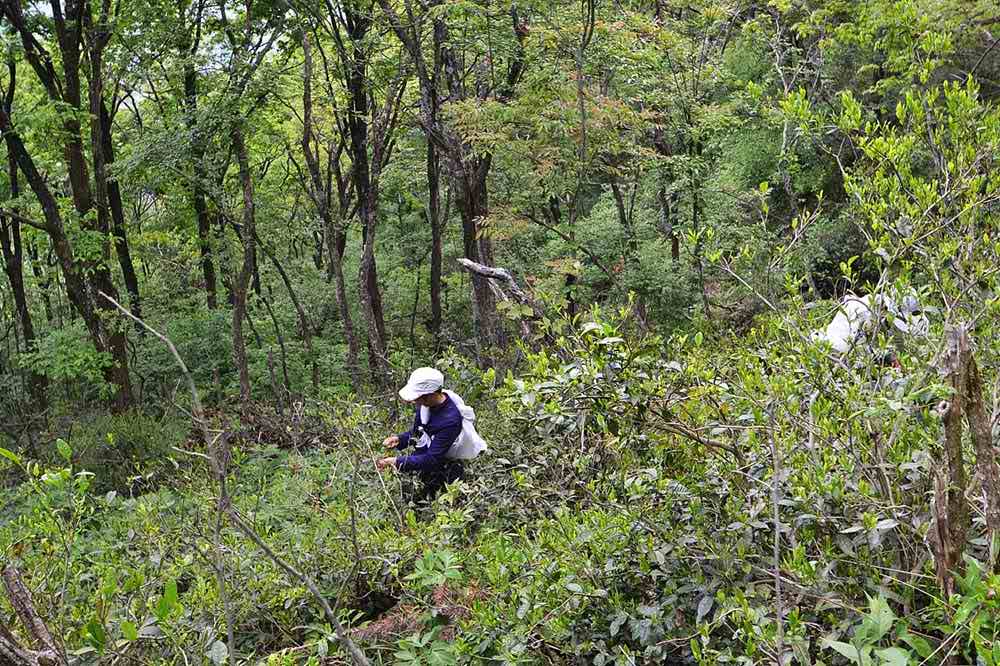
High Moutain Garden Of Keemun Black Tea
Show Full Description
Good growth environment is the guarantee of tea quality
Anhui has been famous tea since ancient times. Among the top ten famous green teas in China. The most famous ones are Huangshan Mao Feng green tea, Tai Ping Hou Kui green tea, Liu'an Gua Pian green tea.
Anhui Province

Anhui Province is a renowned tea-producing region in China. Its unique geographic location provides an ideal environment for growing tea. The province is located in the eastern part of China, which has a humid subtropical climate and abundant rainfall, making it an excellent place for tea cultivation.
Anhui Province has a long history of tea production and a rich tea culture. The province has been producing tea for over 1,500 years, and the local tea farmers have developed unique techniques for growing and processing tea, resulting in a range of high-quality teas that are well-regarded both domestically and internationally.
There are a diverse range of tea varieties in Anhui, each with its own distinctive flavor and aroma. From the floral and fruity Keemun black tea to the nutty and sweet Lu'an Guapian green tea, Anhui produces a wide variety of teas to suit different tastes.
Anhui's tea industry is supported by a strong infrastructure of tea gardens, tea factories, and tea research institutions, which have helped to maintain the quality and reputation of Anhui's teas. All these factors contribute to Anhui's status as one of the most important tea-producing regions in China, and indeed the world.
Here are some of the most famous Anhui teas:Huang Shan Mao Feng Green Tea, Keemun Black Tea, Tai Ping Hou Kui Green Tea , Lu An Gua Pian (Melon Seed) Green Tea ,etc. Each of these teas has a unique flavor and aroma that is beloved by tea enthusiasts around the world.
In fact, black tea in a rather rare category in the Ahnui teas .It's said that Keemun tea was first made in 1875 by Yu Ganchen, a failed civil servant while traveling to Fujian on a mission to learn how to make black tea as the Anhui province up to that point only produced green tea. Soon after, this tea became one of the most popular black teas throughout the world.
The core areas of growing Keemun black tea are all mountainous and covered with forests and characterized by low temperatures, high humidity, frequent fog and fertile soil.
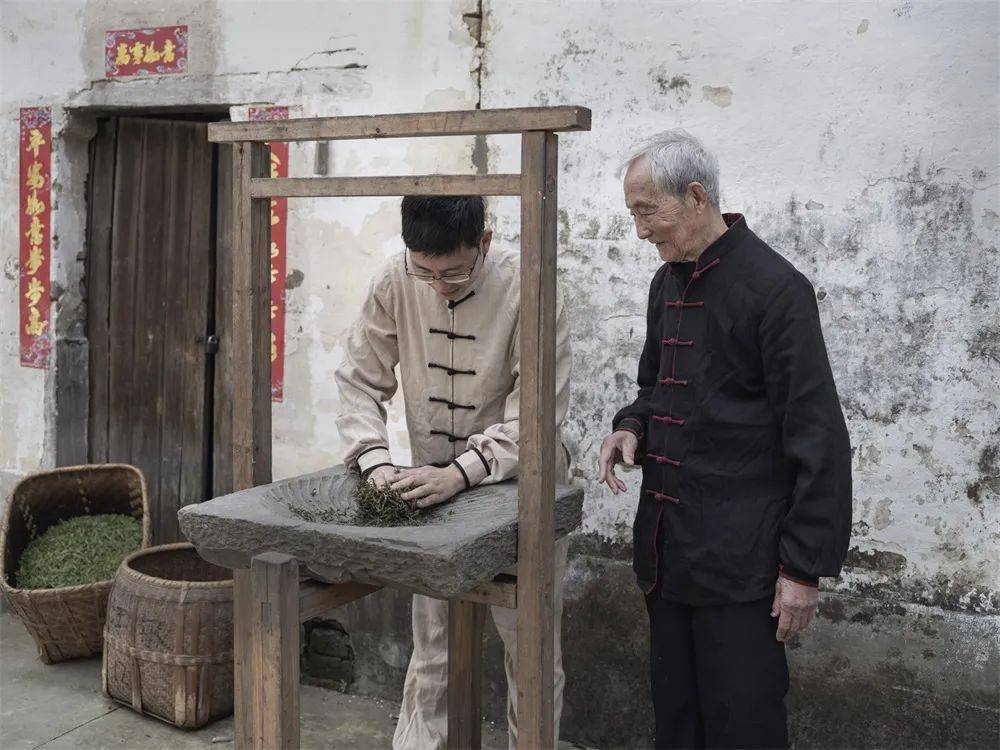
The Old Teacher Is Instructing The Students To Make Keemun Tea
These good natural conditions are very suitable for the growth of Keemun tea trees. Castanopsis carlesii, the main local tea cultivar, is rich in content and has high enzyme activity, which is very suitable for the production of gool black teas. The lack of sunlight increases the chlorophyll content in the fresh tea leaves.Chlorophyll has a great influence on the flavor of tea soup.It can not only make tea have a fruity, naturally sweet, fruity palate and a distinct floral (orchid-like) fragrance but make the tea take on a clear, brilliant red color when brewed.
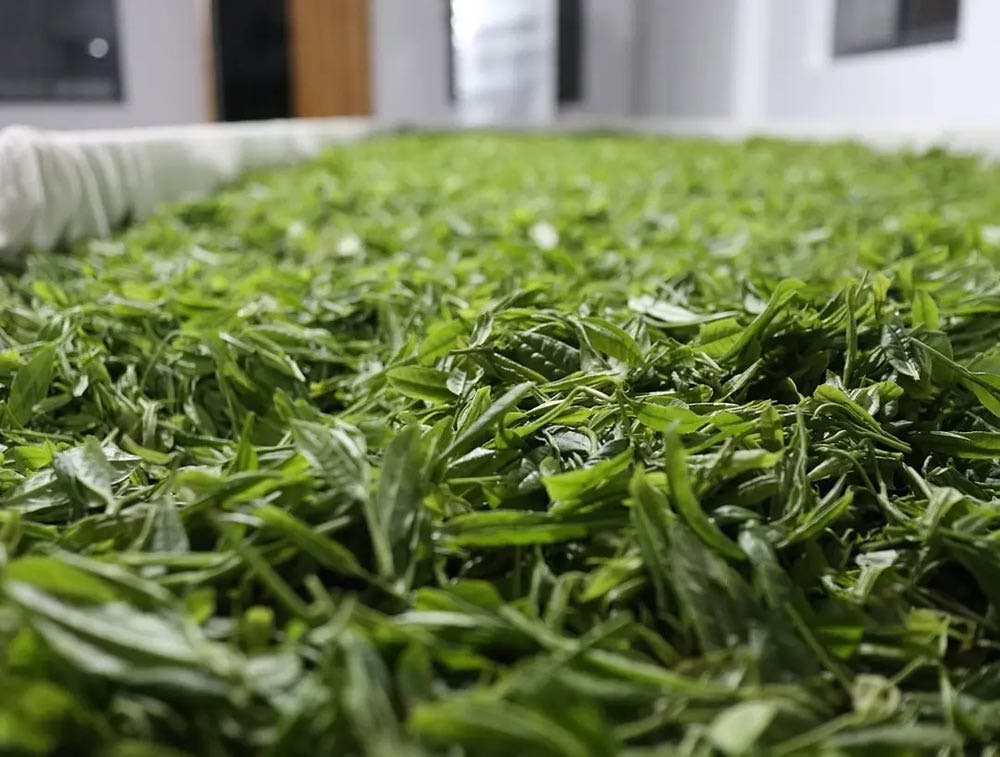
Fresh Leaves Of Keemun Black Tea
Keemun (Qimen) County
Keemun (Qimen) County is located in the southern part of Anhui Province, between latitude 29°35 '-30 °08' N and longitude 117°12 '-117 °57' E. It is 74.8 kilometers long from north to south, 59.9 kilometers wide from east to west, and covers a total area of 2,257 square kilometers. Influenced by the North subtropical humid monsoon climate, the mild climate, abundant rainfall and cloudy weather make Keemun very conducive to the growth of high quality Keemun black tea.
The production of Qimen black tea can be roughly divided into three stages.
1.Picking/plucking. Fresh tea picked that day needs to be processed that day.When picking Keemun black tea, the picking standards should be strictly observed.Generally speaking, high grade tea needs to be made from one bud and one leaf or one bud and two leaves. Depending on the growth condition of the tea plant, the picking activity can continue for 6-7 rounds in spring and up to 6 times in summer.In most cases, the picking activity is not carried out in autumn and winter.
2.Primary processing: It includes Withering, Rolling, Oxidation, Drying.This process turns the buds and leaves from green to coppery red, the leaf body into a strip and promote the synthesis of flavor chemicals.Fermentation is a unique stage of black tea production, which is the key to determine the quality of Keemun black tea. The fermentation temperature is below 30 degrees. After fermentation, the leaves turn red, forming the quality characteristics of red leaves and red soup of Keemun black tea. The black tea made through this process has a special name of "Hong Mao tea",which means black tea without screening and further processing.
3.Sorting / Refining. Tea sorting process or refining process is complicated and takes a lot of time. It includes more than ten steps. This process is important and necessary to improve the quality of final tea.Because it takes a lot of time, the tea processed through this step is also called "Gongfu" tea."Gongfu" means a lot of labor and time in Chinese.This step can make the tea cleaner and more attractive, and also improve the taste and aroma of the tea.
Characteristics
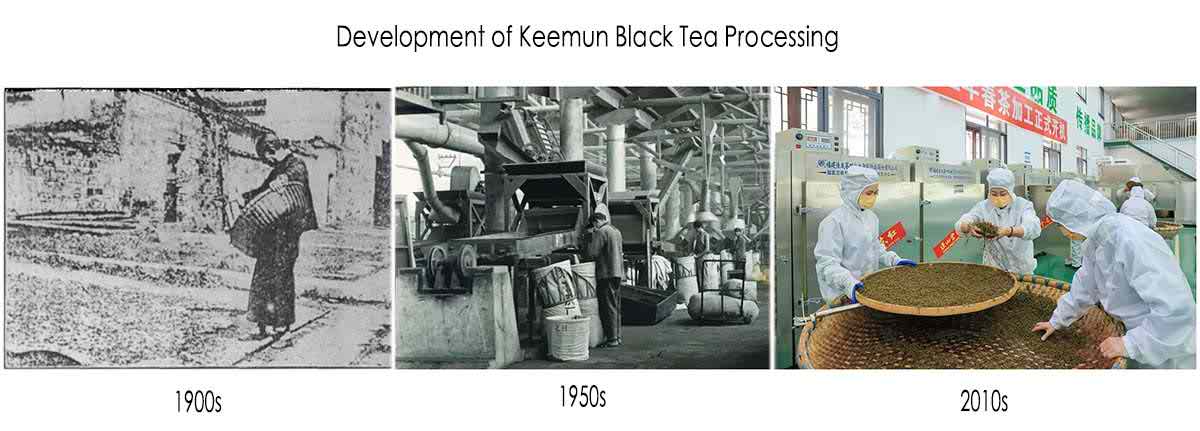
Comparison Of Traditional And New Types Of Keemun Black Tea
Depending on tea variety, quality and the way how you brew it, Keemun black teas may present different flavor and liquor color. Overall, Keemun black tea is lightly sweet, smooth, fruity with a hint of floral note with minor variations in liquor color, sweetness, and aroma. Color of tea liquor may range from intense orange to amber and red.
the Ace of the three rich-aroma black tea of the world
Known as the "Queen of Black Tea", Keemun Black tea won the Gold medal at the Panama World's Fair in 1915 for its high quality and special aroma, called "Keemun fragrance祁门香".
The "Keemun fragrance" refers to the unique fragrance of Keemun black tea, which is related to the chemical components of geraniol, benzyl alcohol and 2-phenylethanol contained in the tea leaves, which have floral, fruity, orchid-like, and honey-like fragrance. The aroma of Keemun tea has a great relationship with the unique growing environment of Qimen, Anhui Province.
Unlike Indian Assam tea, Keemun black tea is made from Camellia sinesis var. sinensis, mostly planted in China and is popular for producing green tea. This is why Keemun black tea is more mellow and has a lower caffeine content than Assam and Ceylon black tea. Keemun tea is often added to English breakfast or Russian Caravan blends, to achieve the specific profile and to soften the flavor of Assam tea.

Comparison Of Traditional And New Types Of Qimen Black Tea
Keemun Golden Needles Black Tea
In addition to the traditional Keemun Black Tea made by the traditional process, there are several Keemun Black Teas made by the new processing techniques on the market. Keemun Golden Needles Black Tea (Qi Hong Jin Zhen) belongs to the new-process Keemun black tea, the others are Keemun (Qi Men) Hong Mao Feng Black Tea, Keemun Xiang Luo Black Tea (Qi Hong Xiang Luo) and so on. In fact, Keemun Golden Needles Black Tea (Qi Hong Jin Zhen) is not very different from Keemun Xiang Luo Black Tea (Qi Hong Xiang Luo) in the production process.The main difference is hidden in the shaping step. The former is curled into a snail shape, while Keemun Golden Needles Black Tea (Qi Hong Jin Zhen) is somewhat similar to Huang Shan Mao Feng, and the the processed leaf is tight and straight. Of course, the two are also different in other aspects such as evenness and rolling degree.
Keemun Golden Needles Black Tea (Qi Hong Jin Zhen) belongs to the higher rank of Keemun Black Tea, which is made of one bud or one bud and one leaf. It is also called Qi Mei, and its status is probably equivalent to Jin Jun Mei in Lapsang Souchong black tea.
Why does Keemun Golden Needles Black Tea (Qi Hong Jin Zhen) have the word "golden needle" in its name? In fact, it has two meanings. First, "gold" is a precious and rare thing in Chinese culture. In the tea culture, the golden needle represents the tea made from a single bud or one bud and one leaf, which is covered with golden hairy tips. Second, it describes the processed leaf tight and straight, like a needle.
| Chinese Gongfu Method | |
| Tea | 5g |
| Water | Gaiwan (3oz / 85ml) |
| Time | 6 infusions: (rinse,15s,25s,45s,70s,90s,115s) |
| Temperature | 90ºC / 194ºF |
| Teapot Method | |
| Tea | 7g |
| Water | Teapot (17oz / 500ml) |
| Time | 1 - 4 mins |
| Temperature | 90ºC/194ºF - 95ºC/203ºF |


